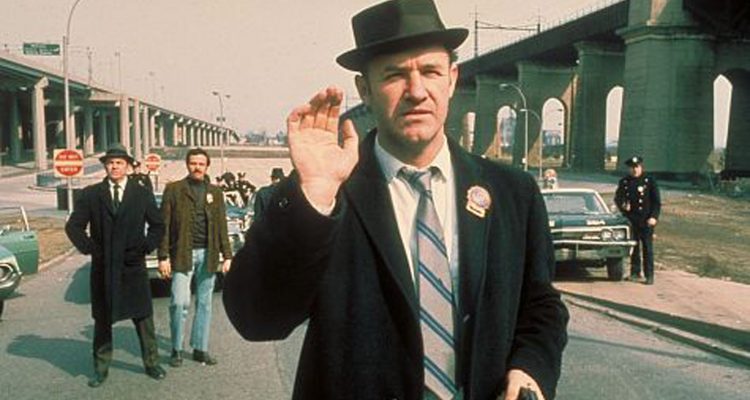 “Cruising” (1980)
“Cruising” (1980)
Uncompromisingly nasty, full of lurid sleaze, gruesome and cynical. These are some of the plaudits for William Friedkin’s latest, “Killer Joe,” but they also read like the pejoratives against Friedkin’s infamous ninth feature-length effort “Cruising.” To be fair, they are wildly different films. His latest is a deep-fried pitch-black comedy, while his 1980 effort is a largely humorless and sordid look at a sub-culture the filmmaker possibly knew nothing about (and yes, it sure as shit looks like that on the surface). Starring a hirsute Al Pacino, “Cruising” centers on an undercover cop (Pacino) who infiltrates the New York gay scene to find a serial killer that’s been targeting homosexual men. The problem is that the film’s deeply questionable social politics are queasy at best and the gay scene in New York is depicted like an depraved morass where S&M freaks and hedonistic sex fiends go to engage in all kinds of scuzzy and unspeakable sexual acts. Essentially any film that was looking to spoof the leather-bound, biker gays (see The Blue Oyster bar in “Police Academy” for one), would need not look any further than Friedkin’s misguided look at gay culture which most critics dubbed homophobic and hateful. It’s been reviled in many circles and called deeply misunderstood by others. And while it’s hard to apologize or advocate for the film, what the picture does possess is a dark, seedy and discomforting sense of dread; both from the Pacino cop character having to endure dank cum-stained dungeon-like bars and this killer that’s lurking out there somewhere in the shadows. Yes, “Cruising” is kind of ridiculous, but its fucked-up aesthetics and striking sense of anxiety and apprehension that reflects back on the viewers own unease. Had it just been a serial-killer film set in begrimed sections of New York in the ’80s, maybe “Cruising” might not be as notorious as it still is today.
 “To Live And Die In L.A.” (1985)
“To Live And Die In L.A.” (1985)
While dated and arguably slightly hampered by its ‘80s-era DNA — a corny/awesome score by Wang Chung, cartoony Day-Glo-ish titles, holistic slickness, etc. — William Friedkin’s “To Live And Die In L.A” is nevertheless a classic crime thriller from the Reagan years. It’s hard to conceive of a time when “CSI” actor William Petersen was a sex-symbol-like lead, but that’s exactly the role he inhabits here, full of cocky swagger. He plays Richard Chance, a United States Secret Service agent with the Treasury Department that becomes vengeful and unhinged when his partner of 10 years and best friend (Michael Greene) dies investigating a counterfeiting scheme three days before he’s set to retire. With a new partner forced onto him (John Pankow), and consumed by revenge, the already morally-questionable Petersen — who employs an parolee/informant (Darlanne Fluegel) using a mix of sex and extortion to bend her to his will — finds his code of ethics beginning to erode as he will stop at nothing to catch the expert counterfeiter Rick Masters (Willem Dafoe). And while more than enough to be good dramatic fodder, what transpires in the film’s surprising and twisty third act is much more of a personal tale of revenge and ultimately becomes an surprisingly inspired examination of the thin line between cops and crooks, moral decay and the consequences of ends justifying the means policing. Perhaps most significantly, “To Die And Live In L.A” holds an important spot in Friedkin’s oeuvre. After his perceived string of ‘70s bombs — films we’ve listed out here that turn out to be rather great in retrospect — ‘L.A.’ was seen as a major comeback film for the director. Unfortunately, it was also the last good film Friedkin made for the better part of two decades.

